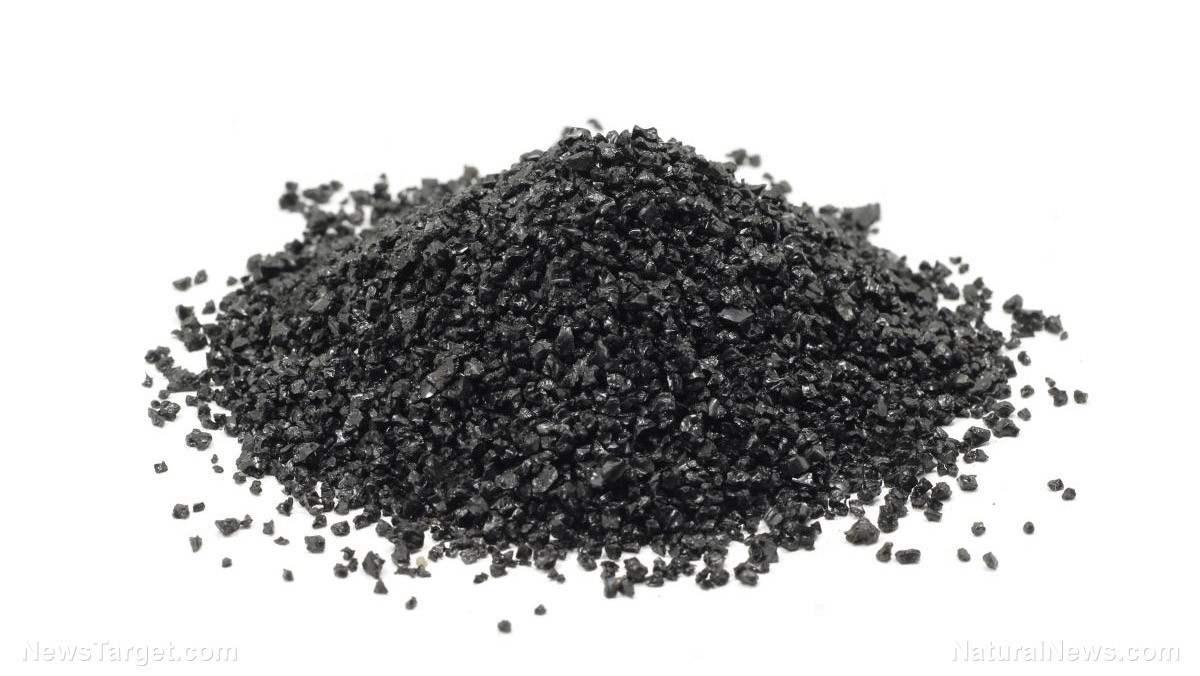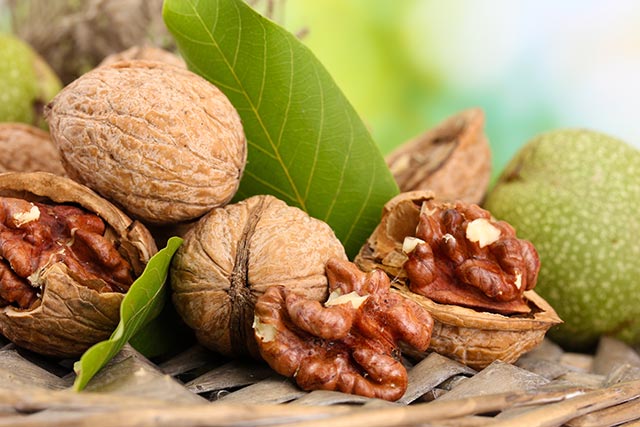One of the most esteemed herbs in the culinary world, rosemary is also a powerhouse in traditional medicine
09/30/2018 / By Ellaine Castillo

Previous studies have shown that rosemary (Rosmarinus officinalis) has many different therapeutic applications. These studies were collated by researchers from Pars Bioscience Research Center and University of Kansas-City Missouri to create a meta-analysis that would evaluate the preservative and therapeutic potential of rosemary.
Relevant studies were collected from different public databases, using the search words “Rosmarinus officinalis,” “R. officinalis,” and “rosemary.” From this, they were able to gather over 80 articles that were then reviewed, summarized, and organized based on their topics.
The researchers were able to recognize eight major properties of rosemary. These are antioxidant, antimicrobial, anticancer, anti-diabetic, antidepressant, neuroprotective, anti-inflammatory, and anti-obesity activities.
Among the many properties of rosemary, its antioxidant activity remains to be the most well studied and well documented. Previous studies have shown that certain compounds are present in rosemary that can be attributed for antioxidant activity. These include phenolic compounds, such as carnosic acid, carnosol, and rosemarinic acid.
Compounds found in rosemary utilize several pathways to achieve the antioxidant effect. Some work by scavenging free radicals, while others work by preventing lipid peroxidation, or increasing antioxidant activity of enzymes in the body. These mechanisms protect the body from oxidative stress that can lead to other diseases. This is why the antioxidant activity of rosemary is fundamental to its other therapeutic applications.
Rosemary also exhibits antimicrobial activity against fungi and bacteria. Similar to antioxidant effect, the antimicrobial activity of rosemary is also dependent on the compounds that it contains. These include camphor, camphene, and borneol. Previous studies have also shown that rosemary can inhibit bacterial drug resistance by increasing the permeability of the bacterial membrane. The potent antimicrobial activity of rosemary makes it a promising substitute for artificial preservatives.
Another property of rosemary, that they were able to find, is its anticancer activity. Compounds that were observed to have antioxidant properties were also implicated in rosemary’s anticancer activity. These compounds were able to induce apoptosis in cancer cells, preventing them from growing and spreading. In addition to this, the antioxidant activity of rosemary has also been shown to inhibit tumorigenesis.
Studies have shown that in addition to anticancer activity, the antidiabetic activity of rosemary is also linked to its antioxidant properties. Inhibition of lipid peroxidation by antioxidants was shown to increase insulin levels. Aside from this, rosemary was also observed to lower blood glucose level in an animal model.
Depression can also be treated with rosemary. Based on previous studies, rosemary can interact with the monoaminergic system to function as antidepressant. This monoaminergic system is comprised of the neurotransmitters, such as dopamine, noradrenaline, and serotonin. Rosemary works as an antidepressant by enhancing these neurotransmitters and increasing their concentration in the brain. These activities can be attributed to compounds like carnosol, betulinic acid, ursolic acid, and polyphenols.
Aside from depression, rosemary can also help prevent neurodegenerative diseases. There are many ways for this to happen. First, rosemary can inhibit the functions of cholinesterase and butyrylcholinesterase, which are involved in the breakdown of acetylcholine. This can prevent neurodegenerative diseases since acetylcholine is a neurotransmitter important for memory, alertness, and concentration. Second, antioxidants in rosemary prevent oxidative stress, which increases the risk of neurodegenerative diseases. Lastly, rosemary promotes the production of nerve growth factor, a necessary protein for nerve maintenance.
Many studies have also shown that rosemary exhibits anti-inflammatory activity. It is able to reduce inflammation by preventing leukocytes from migrating to the site of inflammation. Additionally, rosemary can also reduce the expression of pro-inflammatory substances like nitric oxide. This anti-inflammatory activity of rosemary is attributed to a synergistic mechanism among substances, such as carnosol and carnosic acid.
The last property of rosemary that the review paper discussed is anti-obesity activity. This was observed to work through different mechanisms. Rosemary can either inhibit adipocyte differentiation, limit lipid absorption, or suppress the enzyme for triglyceride production.
Overall, the information that the researchers were able to gather from this meta-analysis shows that rosemary has potential application as a food preservative and as a therapeutic agent against many diseases. (Related: 8 Natural healing benefits of rosemary.)
Learn more about rosemary and other herbal medicines by visiting Herbs.news today.
Sources include:
Tagged Under: alternative medicine, anti-diabetic, anti-inflammatory, anti-obesity, Antidepressant, Antimicrobial, antioxidant, essential oils, herbal medicine, Herbs, natural medicine, natural remedies, neuroprotective, preservative, Rosemary, Rosmarinus officinalis, traditional medicine



















